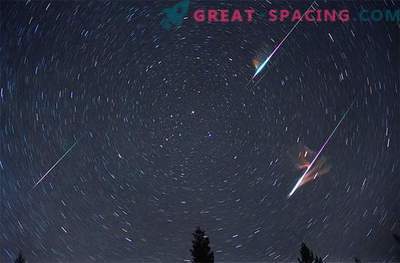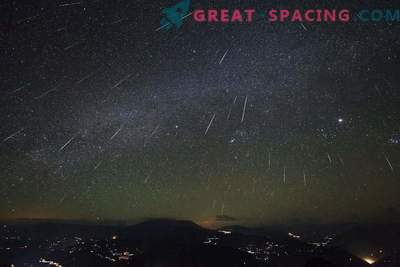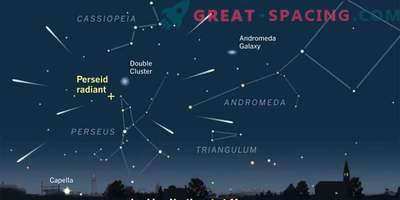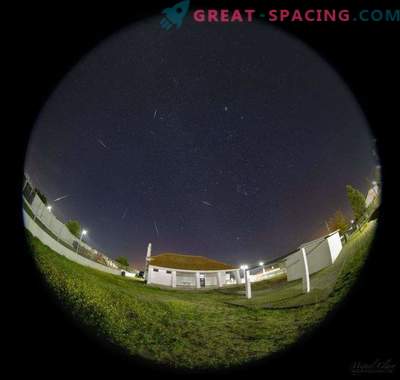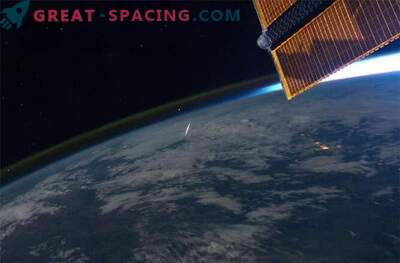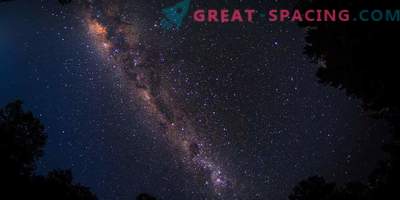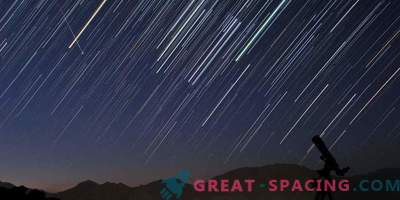
In recent days, I often heard an enthusiastic cry of amateur astronomers: "Leonids are coming!". And it really is true. In truth, the Leonids are expected to reach their peak at dawn on Tuesday (November 18).
Undoubtedly, many people will watch the sky in search of falling stars, pouring through the sky like rain. Such meteor storms did occur during the Leonid meteor shower, for example, in 1833 and 1966, when the number of meteors reached tens of thousands per hour. In recent years, especially in 1999, 2001 and 2002, the Leonidov intensity has subsided, barely reaching several thousand meteors per hour.
These Leonids at the turn of the century are what many remember. So from the very beginning it is important to emphasize that any statement about the exciting meteor shower Leonids this year is, to put it mildly, too optimistic.
In fact, in 2014, the Leonid meteor shower was a major disappointment, mainly due to too much hope. That is why, despite the fact that Leonids are one of the most famous annual meteor showers, it should not be considered the most important meteor show of the year. In addition, we also do not recommend this meteor shower for beginners, since it is likely that it will be quite weak and no Leonid will be visible for long periods of time. If for some reason you can not watch the Leonids meteor shower from your city, then you can watch it live on your monitor. The broadcast will begin at 00:30 GMT. The recording will be made using telescopes of the observatory, located on the Canary Islands. Enjoy watching!
Broadcasting the Slooh Observatory:
NASA Broadcast:
Crumb Comet
Leonids meteor shower got its name because of the shining point in the sky, located in the constellation Leo, from which meteorites fly to us. The meteorites themselves are caused by the Tempel-Tuttle comet, which sweeps through the inner solar system every 33, 5 years.
Each time a comet travels closer to the Sun, it leaves a “rubble river” behind it. A meteor storm becomes possible when the Earth passes through this trash plume.
The lion's share (not a pun) of comet dust is showered on Earth only before and after the immediate passage of comet Tempel-Tuttle. This comet swept through the inner part of the solar system in 1998, so the most spectacular meteor showers were observed in 1999, 2001 and 2002, with a gradual decrease in intensity. This year, the comet is at the far end of its elongated orbit. In 2010, the comet crossed the orbit of Uranus and in 2016 it will be in its Aphelion (the most distant point from the Sun), at a distance of 18,400,000,000 miles (2,960,000,000 km). In this place will be the largest concentration of meteorites. In contrast, at the point in orbit where our planet will pass on Tuesday morning, there will be nothing but scattered particles that were released from the comet's nucleus a thousand years ago.
